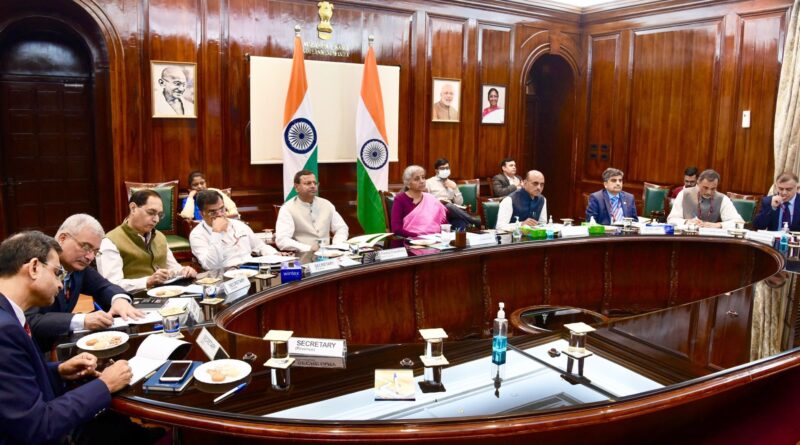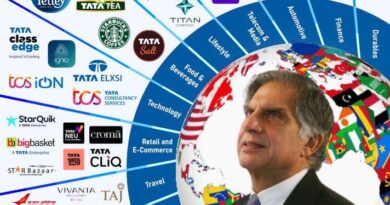Modi govt’s final full budget to focus on welfare spending, reduction of subsidies, ‘Make in India’
By Sanjeev Sharma
New Delhi, Jan 11: Wall Street major Goldman Sachs does not expect any significant reforms to be announced in this budget, but some details on incentives for ‘Make in India’, a roadmap on direct tax code implementation, and rationalization of subsidies, particularly fertilizers.
The Indian Union budget will be presented on February 1 as the final full-year budget under the current administration before the national elections in mid-2024.
This comes at a time when the government is trying to weigh expenditure priorities around: welfare spending before the general elections, the reduction of subsidies as commodity prices have declined from previous highs, incentives for promoting manufacturing in India, continuing the infrastructure build out and a higher allocation for defence, Goldman Sachs said in a report.
“Given the general elections scheduled to take place in 2024, we expect the government to increase rural and welfare spending as seen in pre-election budgets in FY09, FY14 and FY19. In FY24, we expect current expenditure (excluding interest and subsidy) to be at 7.3 per cent of GDP. Rural employment and housing are likely to be in focus,” it said.
With India running one of the highest public debt to GDP ratios among emerging markets globally, firm adherence to the fiscal consolidation would seem the most appropriate path for the government.
The commodity shock required incremental spending on food and fertilizer subsidies, and exhausted the fiscal room from higher tax buoyancy in the current fiscal year. This apart, the government also tabled extra demand for spending before the parliament, comprising 0.8 per cent of GDP (Rs 2.2 trillion) mainly towards capital expenditure, rural development, and defence, Goldman Sachs said.
“We expect the government to meet the budgeted fiscal deficit target of 6.4 per cent of GDP1, but estimate an expenditure reallocation of 0.3 per cent of GDP from other current spending,” it said.
While uncertainty remains around the realization of disinvestment receipts, both direct and indirect taxes so far in the year are tracking well ahead of budget estimates. “We expect the Central government to consolidate its fiscal deficit to 5.9 per cent of GDP in FY24, fully driven by a reduction in food and fertilizer subsidies, and project tax revenues to remain buoyant in the year, Goldman Sachs said.
The free food programme was implemented at the peak of the pandemic, to ensure food security to the vulnerable population. In December 2022, the government discontinued the free food programme and instead decided to provide free foodgrains under the existing public distribution system. This is likely to reduce the food subsidy to 0.8 per cent of GDP. Further, global commodity prices which rose sharply in 2022 on the back of the Russia-Ukraine conflict, have since normalized and the outgo on fertilizer subsidy is likely to decline in FY24.
“We expect the fertilizer subsidy in FY24 to return to the pre-pandemic average of 0.5 per cent of GDP. We expect the government to continue with the cooking fuel subsidy program (Ujwala Yojna) and expect fuel subsidies to remain at 0.1 per cent of GDP. We thus expect spending on subsidies as a share of GDP to fall to 1.5 per cent (from our estimate of 2.1 per cent in FY23)”, Goldman Sachs.



